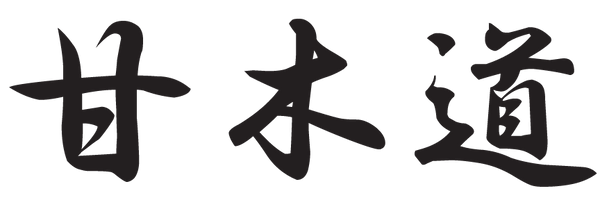news
World's Fairs and Ceramics
In the 19th century, Japanese ceramics were in the limelight at world expositions around the world, marking an important turning point in the international history of ceramics. In particular, the...
World's Fairs and Ceramics
In the 19th century, Japanese ceramics were in the limelight at world expositions around the world, marking an important turning point in the international history of ceramics. In particular, the...
Ninnami Dohachi (Takahashi Dohachi) - The maste...
Ninnami Dohachi (1783-1855) was born and raised in Kyoto during the golden age of Kyoyaki, and after taking over as the second master, he moved his kiln to Gojozaka. He...
Ninnami Dohachi (Takahashi Dohachi) - The maste...
Ninnami Dohachi (1783-1855) was born and raised in Kyoto during the golden age of Kyoyaki, and after taking over as the second master, he moved his kiln to Gojozaka. He...
Rakugo: The Tea Bowl of Questions
The value of antiques is easily influenced by preconceived notions such as brands and anecdotes. In "The Questionable Tea Bowl," an oil shop owner buys a tea bowl that a...
Rakugo: The Tea Bowl of Questions
The value of antiques is easily influenced by preconceived notions such as brands and anecdotes. In "The Questionable Tea Bowl," an oil shop owner buys a tea bowl that a...
Rakugo Tea Ceremony
It's not good to act like you know everything, not just about etiquette. There is a Rakugo story called "Tea Ceremony." The moral of this rakugo story is that if...
Rakugo Tea Ceremony
It's not good to act like you know everything, not just about etiquette. There is a Rakugo story called "Tea Ceremony." The moral of this rakugo story is that if...
Incense holder
The incense box that first greets guests in a tea room is a small vessel that fits in the palm of your hand, but it is a microcosm that condenses...
Incense holder
The incense box that first greets guests in a tea room is a small vessel that fits in the palm of your hand, but it is a microcosm that condenses...
CELADON - The Sparkle of East Asian Celadon
The special exhibition "CELADON - The Sparkle of East Asian Celadon", which will be held at the Museum of Oriental Ceramics, Osaka (MOCO) from April 19 to November 24, 2025,...
CELADON - The Sparkle of East Asian Celadon
The special exhibition "CELADON - The Sparkle of East Asian Celadon", which will be held at the Museum of Oriental Ceramics, Osaka (MOCO) from April 19 to November 24, 2025,...
